Upon reflecting on February’s workshop about the shoulders and releasing the weight of the world, I wanted to share some words about how to address pain, should it come up for you in a lesson. There's always more to say about a topic, especially about tension and how to address areas in the body that are always a concern for people. Feldenkrais practitioners always ask you to do less, move slower, softer, or to be lazier in your efforts in order to learn how to wake up the ability to sense your movement connections more clearly. It is a different approach to learning and moving, that can have novel unexpected consequences when fully present for the possibility of change.
Sometimes in the journey of a lesson, we find places that are perceived as painful, even though our movements are slow and non-invasive. What do you do if this arises, even though you're moving slowly? First, I have my private clients ask themselves: can you make a distinction between discomfort and pain? Some people find the sensations are so new, that the non-habitual organization of their bodies can be uncomfortable, even as their movements are easier and more coordinated. This discomfort is psychological in nature, in that once the person brings their attention more and more to the sensations in their body, their mind learns to appreciate and enjoy the non-habitual movement.
Other times people might find actual pain. Usually this is from trying to achieve something, trying to "do" the movement. Once the "goal" is removed, we often find the pain goes away as well, and the sensorial brain wakes up to the journey of discovery, rather than achievement.
If you have an acute pain or discomfort from a previous injury, or other medical reasons arise in a lesson, I always encourage you to rest more often than your mind tells you to, and to move even slower and smaller than maybe you ever have before. Make any adjustments to find as much EASE as possible, asking where you could be moving that's perhaps is holding habitually? What would happen if you did the movement so small, that it only occurred in your imagination? If you only imagine a movement that previously had pain, does your brain still perceive it, or could you begin to do the movement in your imagination, pain free? When does the pain creep in? Could you continue to imagine from that point forward, pain free? We highly value the role of the imagination in learning, and I encourage you to play around with this idea. When we imagine something clearly, as we intend it to feel, and spend the time clarifying the movement in our mind, we are accessing the same brain activity as if we were doing the movement, thus allowing us to disrupt any patterns of pain.
Where else in your life could accessing your imagination improve the quality of your life?
Please note these words do not replace any medical advice.
